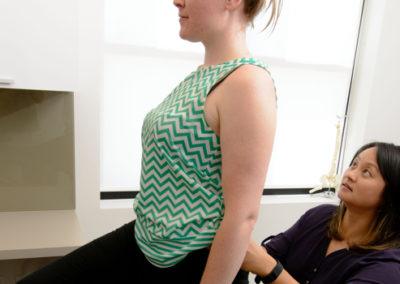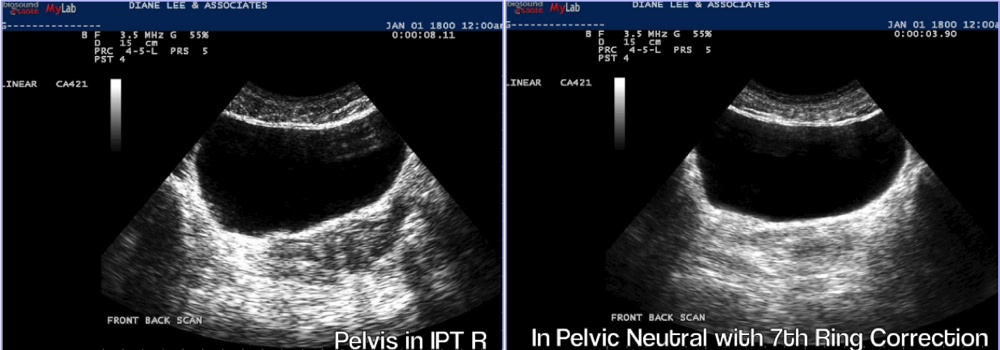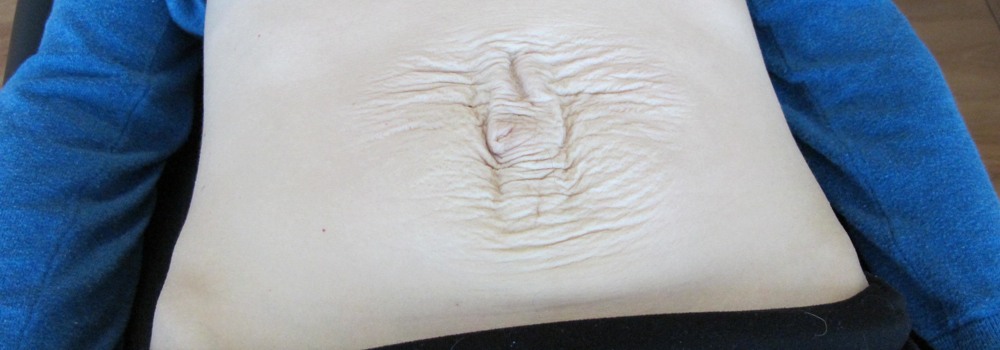
Historically, there has been inconsistent research on the voluntary control of urinary continence in men. Part of the problem may be the variability of cues used in retraining men with urinary incontinence [2]. Recently however, there has been published work that discusses mechanisms and possible training strategies for controlling urinary incontinence (UI) in men using pelvic floor musculature. One of these studies that looked at activation patterns of the male pelvic floor in healthy men and found that specific cueing is required to properly lift the striated urethral sphincter (SUS) which helps control continence [2,3]. Traditionally, many of the cues that are used to connect to the male floor have focused on a general lifting (i.e. “lift the bladder” or “elevate the scrotum”), or an anal cue “tighten the anus”. Both of these cues were less effective at promoting continence, and the elevation cue actually increased intra-abdominal pressure which challenges continence [2].
Cues to visualize stopping the flow of urine or shortening the penis were found to be the best because they were specific to men and they encouraged the best lift of the SUS. A key finding from the Stafford et al. (2015) study was that not all men respond the same way to the cues mentioned above. As such, there is a need for guidance by a physiotherapist who can help find the best cue and program of exercise to properly retrain continence in men with UI. At Diane Lee & Associates we use real-time ultrasound imaging to assess the male pelvic floor and can help you find the best cue to regain control and strength of your pelvic floor.
[1] Bashir, M.N., Epidemiology of Prostate Cancer. Asian Pac J Cancer Prev, 16 (13), 5137-5141
[2] Stafford, R. E., Ashton-Miller, J. A., Constantinou, C., Coughlin, G., Lutton, N. J. and Hodges, P. W. (2015), Pattern of activation of pelvic floor muscles in men differs with verbal instructions. Neurourol. Urodyn.. doi: 10.1002/nau.22745
[3] Stafford, R. E., Ashton-Miller, J. A., Constantinou, Hodges, P.W., Novel Insight into the Dynamics of Male Pelvic Floor Contractions Through Transperineal Ultrasound Imaging. The Journal of Urology, Volume 188, Issue 5, November 2012, Page 2021










